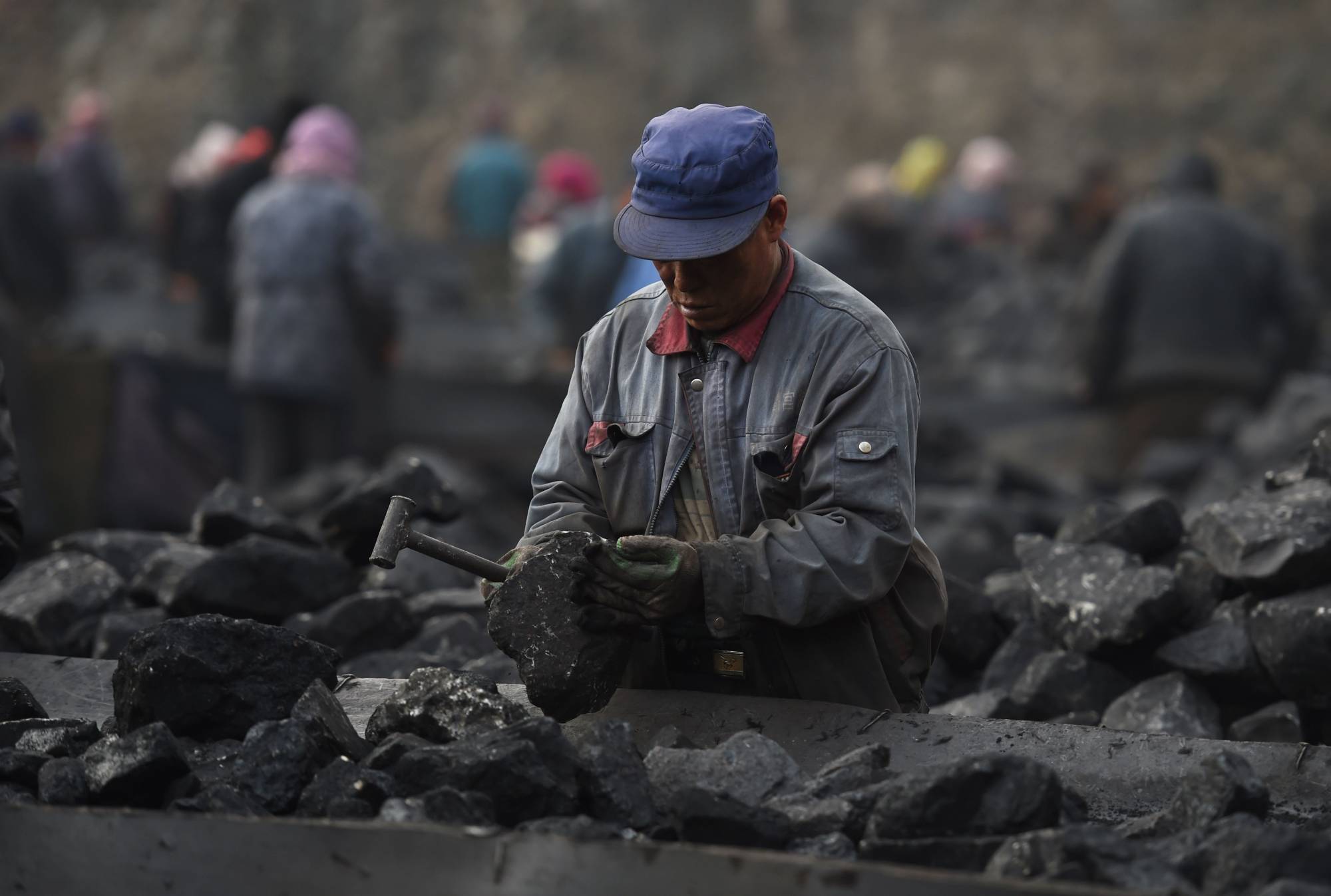In his video address to the United Nations General Assembly in September, Chinese President Xi Jinping announced a slight improvement of China’s 2015 Paris climate agreement pledge: national carbon dioxide emissions should now peak before 2030 rather than around 2030. That might not seem like much, but, paired with Xi’s additional declaration that China aims to be carbon neutral before 2060, the address sent positive shock waves through the climate-policy world.
Decades of impressive GDP growth have made China the world’s second-largest economy, bigger than the next three (Japan, Germany, and India) combined. But the outside world still often associates China with coal dependence, rising CO2 emissions, and polluted air — and rightly so.
China is thus arguably the modern era’s first “hybrid” superpower: a global leader that does not yet have a fully advanced economy. And Xi’s two-phase climate pledge reflects how the Chinese themselves see their hybrid status.



















With your current subscription plan you can comment on stories. However, before writing your first comment, please create a display name in the Profile section of your subscriber account page.